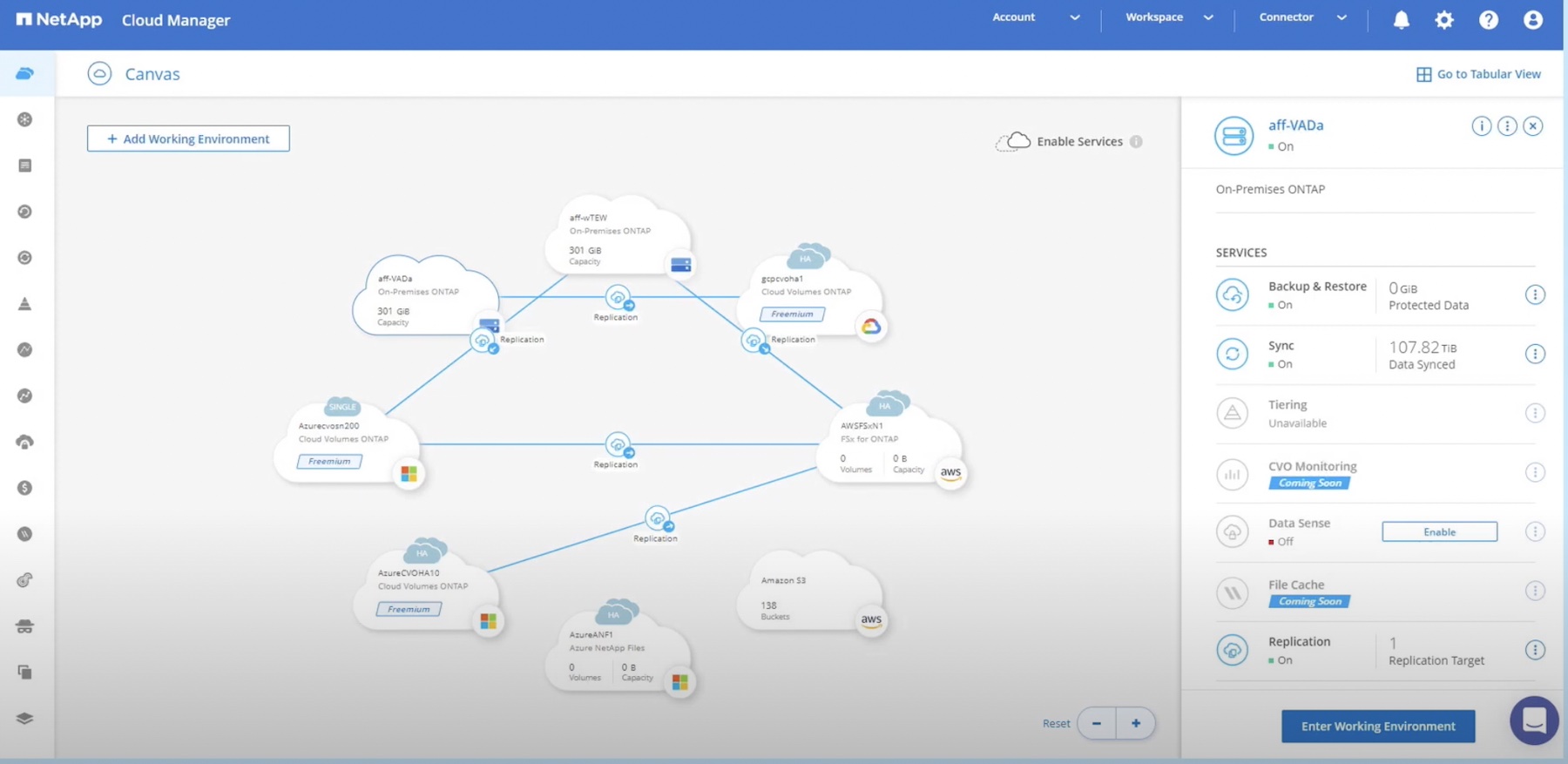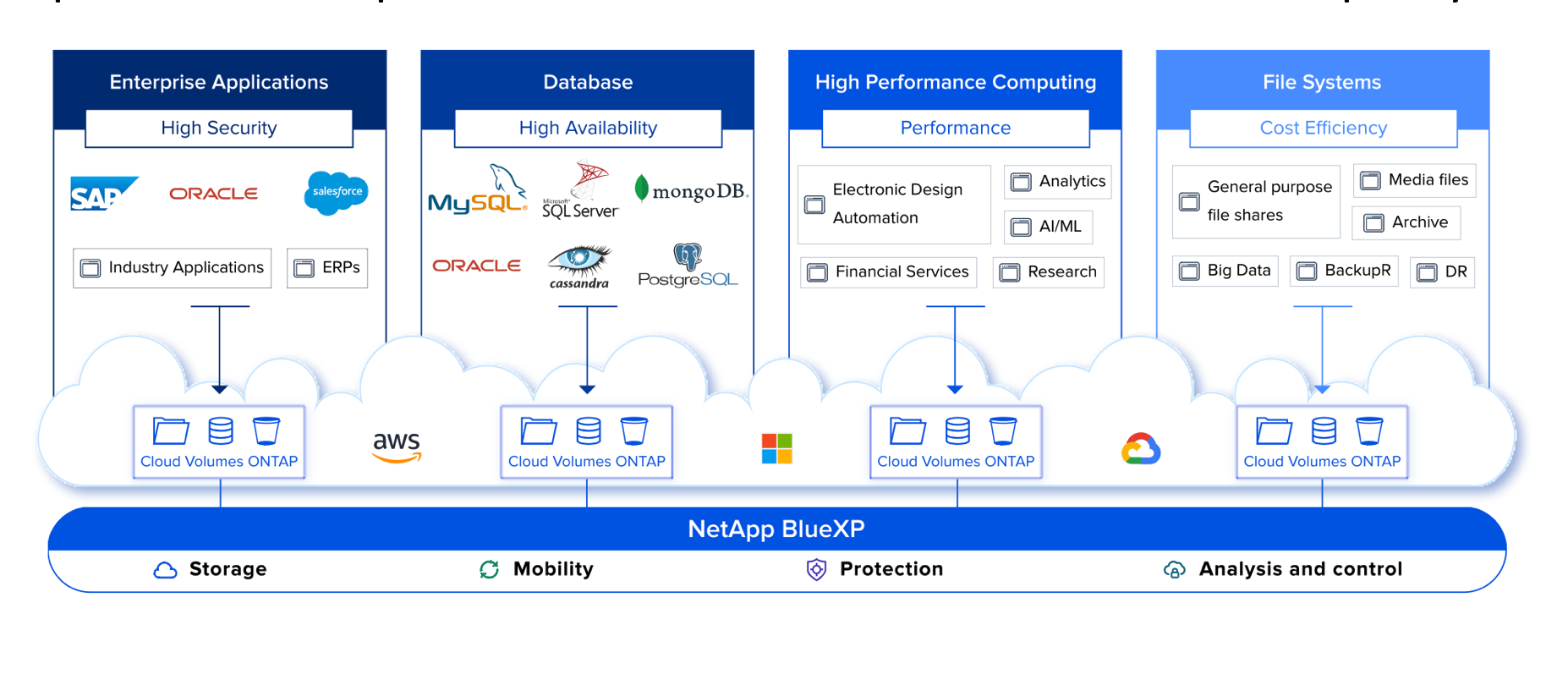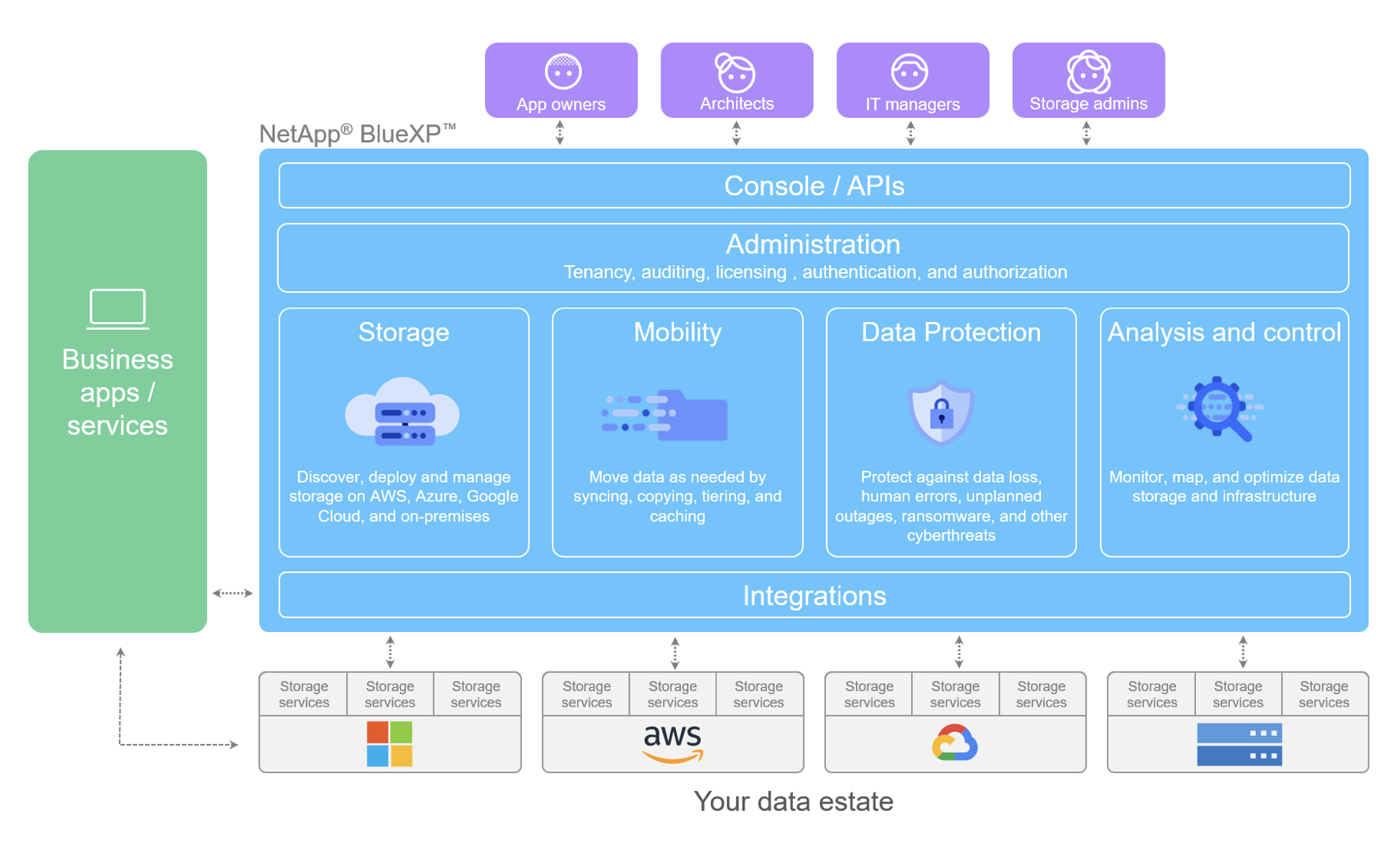As companies have progressed into public cloud, they have faced many challenges starting with differences in security and cost overruns due to misconfigurations to simply having the staff in place to manage complex cloud deployments. To add to this, many organizations have evolved into using multiple clouds for their workloads—whether that is because of mergers and acquisitions, plans for high availability, or shadow IT adopting technologies without the knowledge of the IT org.
Beyond multi-cloud, another challenge IT groups face is storage performance. In most cases, native cloud storage performance may not meet the demands of mission critical applications like SAP HANA, or other business critical cloud systems. Having all these new, distributed computing platforms means it can be extremely challenging to understand where your data is, who should and does have access to it, and how you are protecting that data. While these problems are challenging, there are ways to overcome them.
Complexity of Managing Multi-Cloud Environments
While sometimes firms choose a multi-cloud strategy for regulatory or availability reasons, in many cases, the decision is not made by the central IT organization. However, those same organizations need to manage the cloud infrastructure to protect their compute and data assets. The challenges of supporting disparate cloud platforms is mostly a people problem. While the concepts are similar, implementation details around security, networking, and storage can be quite different between each provider. This means in a lot of cases, organizations will have a dedicated team for Azure, AWS, and Google Cloud, and work shuffled to each of those teams.
One of the ways to reduce the burden of supporting those differing platforms, is to use abstraction layers. For example, one of the reasons why Kubernetes has become a deployment platform of choice for DevOps teams, is that you can deploy from the developer workstation to three different clouds, with only minor changes between a deployment script. Likewise, with storage, using a common platform like NetApp Cloud Volumes can simplify storage management by supplying a common storage platform across clouds. By offering a common storage platform across clouds, NetApp helps eliminate storage complexity between clouds.

Storage Performance Challenges
One common challenge faced by most organizations is the lack of storage performance in the public cloud. While the cloud providers have improved their bandwidth and latency numbers over time – since most cloud storage is remote (and object-based) – it can be difficult to match on-premises performance. Yes, there are some VM types that support considerable volumes of local NVME storage, but that storage is ephemeral (meaning that if the VM is deallocated during a host failure, the data on those disks are lost). It requires an organization to build their own redundancy model on top of that storage, which is not practical for most applications.
For applications that are dependent on low latency, high throughput storage like SAP HANA (which has its own hardware certification matrix), or mission-critical enterprise databases running on SQL Server or Oracle, these challenges with cloud storage can be hard to overcome. While it is possible to build low latency storage in the public cloud, these configurations can add more complexity to the architecture, and require specialized skills to support. Having a simple, high performance storage solution can deliver the performance applications demand without overwhelming complexity. NetApp Cloud Volumes can deliver high levels of throughput and IOPs, at single-digit to sub millisecond latency.
Data Governance
As workloads spread across multiple clouds, it can be hard to keep track of what data is where. Data governance is not the most exciting topic, but it is critical both in terms of ensuring that you know your sources of truth from your data and supplying data security. For most, security may not be top of mind when talking about governance, but having a clear map of where your data is stored, and who has what access to that data provides a roadmap to how your data should be secured, and in the event of a data breach, understanding exactly what data left your office can limit the scope of GDPR fines.
Implementing data governance policies can be a challenge but using a storage platform that supports easy-to-use labeling, encryption at rest, and supplies automation and reporting can make it much easier to meet the regulatory requirements. NetApp’s Cloud Data Sense can help discover and profile data to provide enhanced governance and privacy.
Conclusion
Moving into the cloud is a big challenge for most organizations. Trying to extend that migration to a multi-cloud solution can be incredibly challenging for even the best IT organizations. Business demands can force IT organizations into those multi-cloud scenarios, despite those technology concerns. Having abstraction layers that can supply performance, easier management, and deliver strong governance practices can help counter and overcome cloud challenges.




